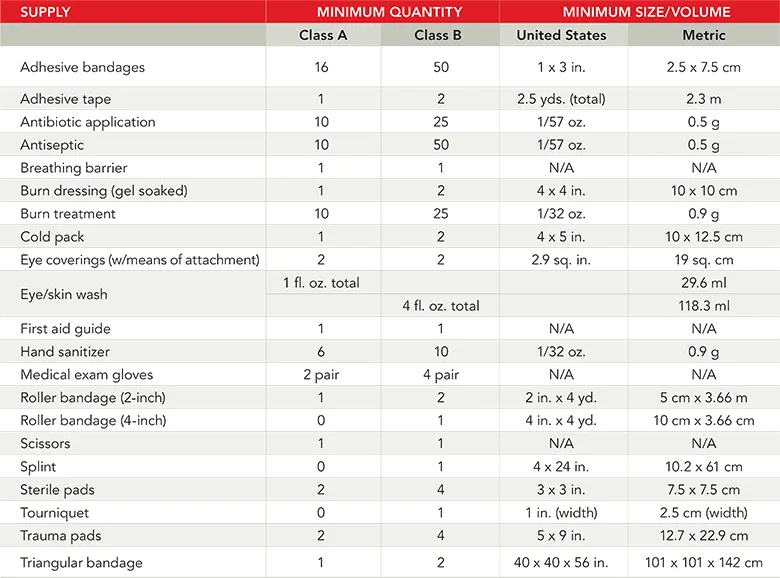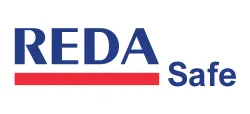A guide to OSHA Regulations for First Aid Kits
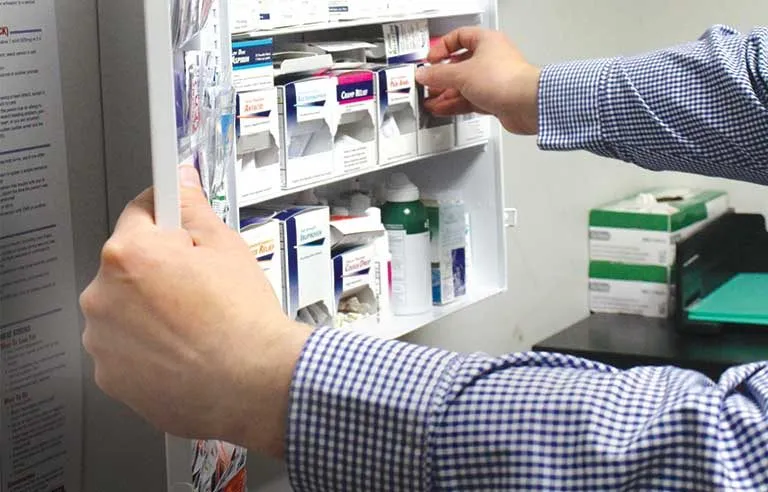
Understanding OSHA/ANSI First Aid Kit Requirements
OSHA (U.S Department of Labor Occupational Safety & Health Administration) is the main federal agency charged with the enforcement of safety and health legislation. OSHA regulations regarding first aid kits are contained in the Code of Federal Regulations under section 29 CFR 1910.151 and in Appendix A. OSHA does not provide specifications for first aid kit contents per se but defines mandatory requirements for availability of kits on worksites. In Appendix A of the OHSA guidelines, ANSI is referenced as the originator of first aid kit specifications and minimum contents requirements (see ANSI requirements in more detail below).
Regulations short on details, long on questions
OSHA’s medical and first aid requirements apply to all general industry employers, although how they must comply depends on the distance to a medical facility that can provide treatment, as well as the type of hazards present in the workplace.
Does OSHA guidance have any supply-related requirements pertaining to first aid kits?
Again, OSHA cites the ANSI/ISEA standard as a recommended, non-mandatory resource. In an April 2002 letter of interpretation, the agency offered further insight into the standard: “The contents of the first aid kit listed in ANSI Z308.1 should be adequate for a small worksite. … However, larger or multiple operations should consider the need for additional first aid kits, additional types of first aid equipment and first aid supplies in larger quantities. You may wish to consult your local fire and rescue department, an appropriate medical professional, your local OSHA area office, or a first aid supplier for assistance in putting together a first aid kit which suits the needs of your workplace. You should also periodically assess your kit and increase your supplies as needed.”
What supplies should be in my first aid kit?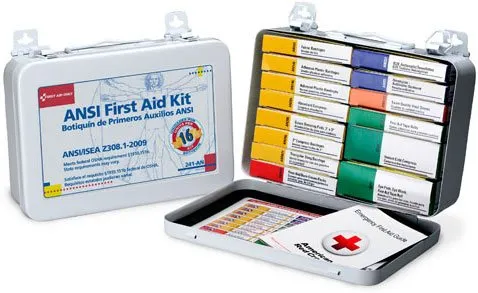
A revision of the ANSI/ISEA standard, Z308.1-2015, took effect in June 2016 and introduced two classes of first aid kits. Identified as “Class A” and “Class B,” the kits are based on the quantity and assortment of supplies.
Class A kits generally are suitable for all wounds, minor burns and eye injuries. Class B kits are designed to treat injuries more often found in densely populated workplaces with complex and/or high-risk environments, such as warehouses, factories and outdoor areas.
Kits in compliance with Z308.1-2015 feature supplies arranged in uniform, color-coded boxes to ease organization: Blue for antiseptics, yellow for bandages, red for burn treatment, orange for personal protective equipment and green for miscellaneous items. In addition, kits are organized into one of four types based on work environment:
- Type I: Containers are mountable and intended for stationary, indoor settings.
- Type II: Portable and intended for indoor use.
- Type III: Must be portable, mountable and have a water-resistant seal.
- Type IV: Must be portable, mountable and waterproof.
Where can I buy an ANSI/ISEA-approved first aid kit?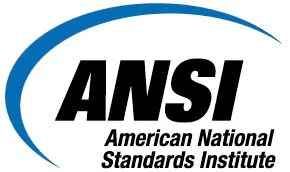
Cristine Fargo, vice president of operations and technical services at ISEA, said most industrial distributors of PPE and safety equipment offer compliant kits.
John Vasquez, a safety consultant with the National Safety Council whose expertise includes first aid training, also recommends first aid organizations or suppliers of fire extinguishers as possible resources.
“They will have it listed on the kit that it’s going to be ANSI-approved and have the dates of the latest version,” Vasquez said.
Can I assemble my own kit and be in compliance with ANSI/ISEA Z308.1?
No. “That’s not what the document intends,” Fargo said of the standard.
Workers also can’t subtract from the minimum requirements of the kit, but may add to it based on expected injuries in a work environment. Vasquez offered examples of possible scenarios.
“People who work for utility companies might expect more thermal burns or electrical burns, so a kit could cater to that,” he said. “Or, if you’ve got people working out in a forested area and it’s going to be pretty remote, then maybe having splints and other things that you might have to have because there’s nothing else (e.g., a nearby hospital) that’s really available.”
An AED is a common addition, experts say, as sudden cardiac arrest can be a hazard among workers across all industries.
“All worksites are potential candidates for AED programs because of the possibility of SCA and the need for timely defibrillation,” OSHA states. “Each workplace should assess its own requirements for an AED program as part of its first aid response.”
Are any actions on the horizon for the standards?
OSHA is not planning any revisions or updates to its medical services and first aid standard, agency spokesperson Kimberly Darby confirmed in a Sept. 25 email to Safety+Health.
The ANSI/ISEA Z308.1 standard, however, may undergo changes.
Fargo said the ANSI/ISEA first aid product group currently is assessing which areas or trends might need to be addressed for the next revision to the Z308.1 standard, adding that the group plans to update the document by the end of 2020.
What supplies should be in my first aid kit?
A revision of the ANSI/ISEA standard, Z308.1-2015, took effect in June 2016 and introduced two classes of first aid kits. Identified as “Class A” and “Class B,” the kits are based on the quantity and assortment of supplies.
Class A kits generally are suitable for all wounds, minor burns and eye injuries. Class B kits are designed to treat injuries more often found in densely populated workplaces with complex and/or high-risk environments, such as warehouses, factories and outdoor areas.
Minimum kit requirements:
